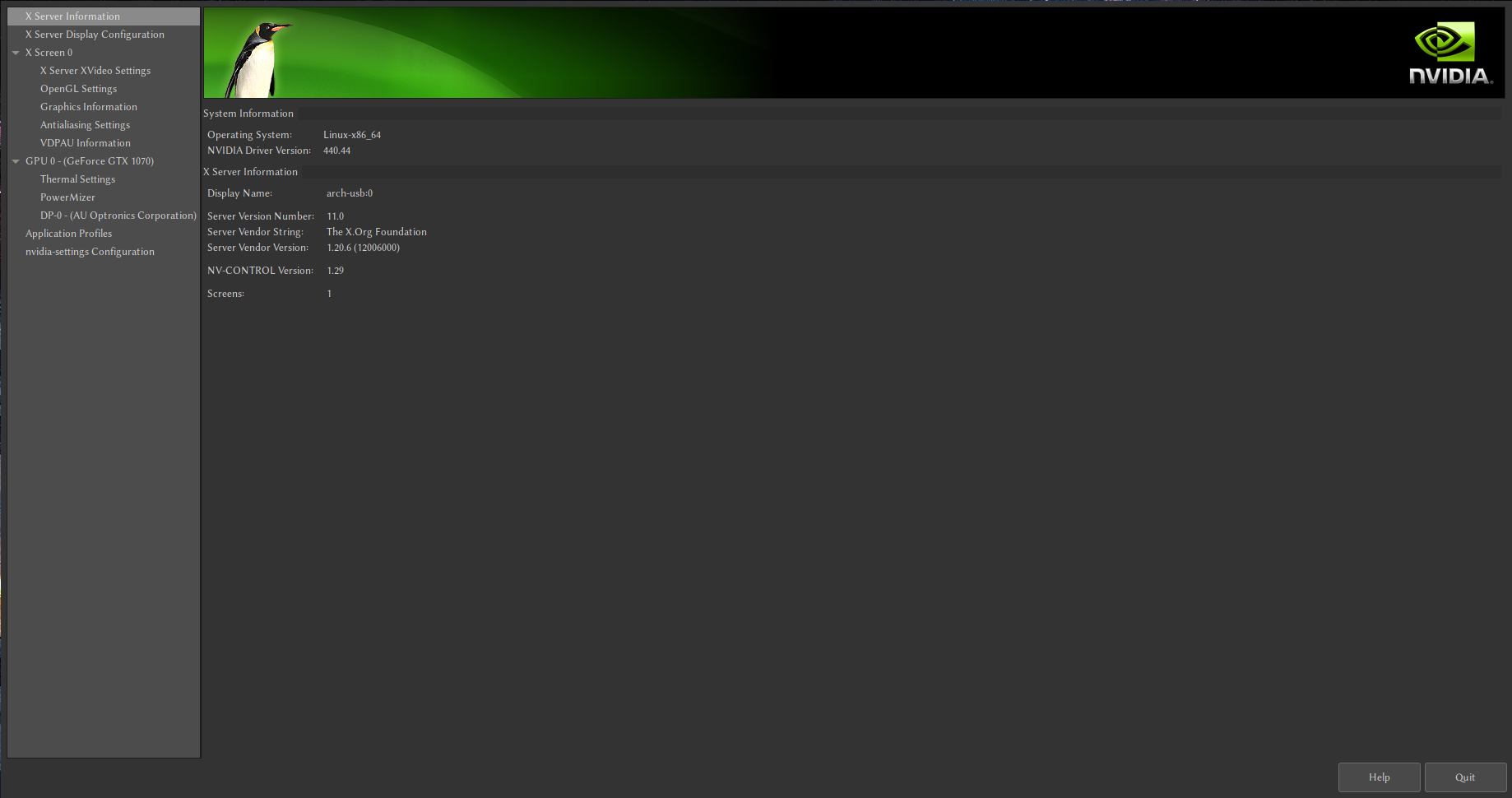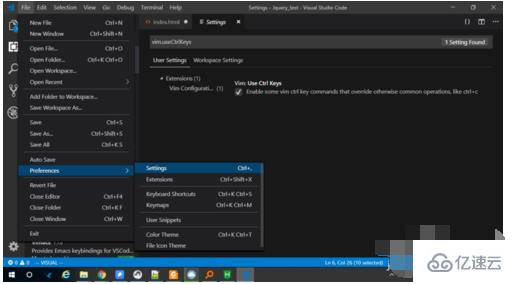

- #Vim vscode how to
- #Vim vscode install
- #Vim vscode update
- #Vim vscode manual
- #Vim vscode code
This is currently an experimental feature and may lead to instability until the next restart. Run :AstroReload to reload the AstroNvim configuration and any new user configuration changes without restarting.
#Vim vscode update
Run :AstroUpdatePackages ( pa) to update both Neovim plugins and Mason packages Reload AstroNvim ( EXPERIMENTAL) Run :AstroUpdate ( pA) to get the latest updates from the repository Update AstroNvim Packages Run :Lazy sync to update and clean plugins Update AstroNvim Run :Lazy clean to remove any disabled or unused plugins Run :Lazy update to apply any pending plugin updates Run :Lazy check to check for plugin updates
#Vim vscode install
Node - Node is needed for a lot of the LSPs, and for the node repl toggle terminal ( tn)Įnter :LspInstall followed by the name of the server you want to installĮxample: :LspInstall pyright Install language parser Įnter :TSInstall followed by the name of the language you want to installĮxample: :TSInstall python Install Debugger Įnter :DapInstall followed by the name of the debugger you want to installĮxample: :DapInstall python Manage plugins . Python - python repl toggle terminal ( tp). bottom - process viewer toggle terminal ( tt). go DiskUsage() - disk usage toggle terminal ( tu). lazygit - git ui toggle terminal ( tl or gg). ripgrep - live grep telescope search ( fw). Terminal with true color support (for the default theme, otherwise it is dependent on the theme you are using). A clipboard tool is necessary for the integration with the system clipboard (see :help clipboard-tool for supported solutions). Tree-sitter CLI ( Note: This is only necessary if you want to use auto_install feature with Treesitter). #Vim vscode manual
Nerd Fonts ( Optional with manual intervention: See Recipes/Customizing Icons). Otherwise, if it’s mostly another language/platform and partially frontend, then consider other editors, such as XCode (Mac), Visual Studio (Windows) or Jetbrains family (Webstorm, PHPStorm, RubyMine etc, depending on the language).If you are on AstroNvim v2.0 and are upgrading to AstroNvim v3.0 please see theĪstroNvim is an aesthetic and feature-rich neovim config that is extensible and easy to use with a great set of plugins ⚡ Requirements . #Vim vscode code
I’d use Visual Studio Code if I develop mostly frontend.The choice of an editor, like any other tool, is individual and depends on your projects, habits, and personal preferences. There are other great editors in our big world. The editors in the lists above are those that either I or my friends whom I consider good developers have been using for a long time and are happy with.
#Vim vscode how to
Vim and Emacs are also cool if you know how to use them. Sublime Text (cross-platform, shareware). In practice, lightweight editors may have a lot of plugins including directory-level syntax analyzers and autocompleters, so there’s no strict border between a lightweight editor and an IDE. A lightweight editor is much faster if we need only one file. The main difference between a “lightweight editor” and an “IDE” is that an IDE works on a project-level, so it loads much more data on start, analyzes the project structure if needed and so on. They are mainly used to open and edit a file instantly. “Lightweight editors” are not as powerful as IDEs, but they’re fast, elegant and simple. Their cost is usually negligible compared to a qualified developer’s salary, so just choose the best one for you. Many IDEs are paid, but have a trial period. 
There’s also a free version Visual Studio Community. “Visual Studio” is a paid and mighty Windows-only editor, well-suited for the. Visual Studio Code (cross-platform, free).įor Windows, there’s also “Visual Studio”, not to be confused with “Visual Studio Code”.

If you haven’t selected an IDE yet, consider the following options: The term IDE (Integrated Development Environment) refers to a powerful editor with many features that usually operates on a “whole project.” As the name suggests, it’s not just an editor, but a full-scale “development environment.”Īn IDE loads the project (which can be many files), allows navigation between files, provides autocompletion based on the whole project (not just the open file), and integrates with a version management system (like git), a testing environment, and other “project-level” stuff. There are two main types of code editors: IDEs and lightweight editors. A code editor is the place where programmers spend most of their time.







 0 kommentar(er)
0 kommentar(er)
